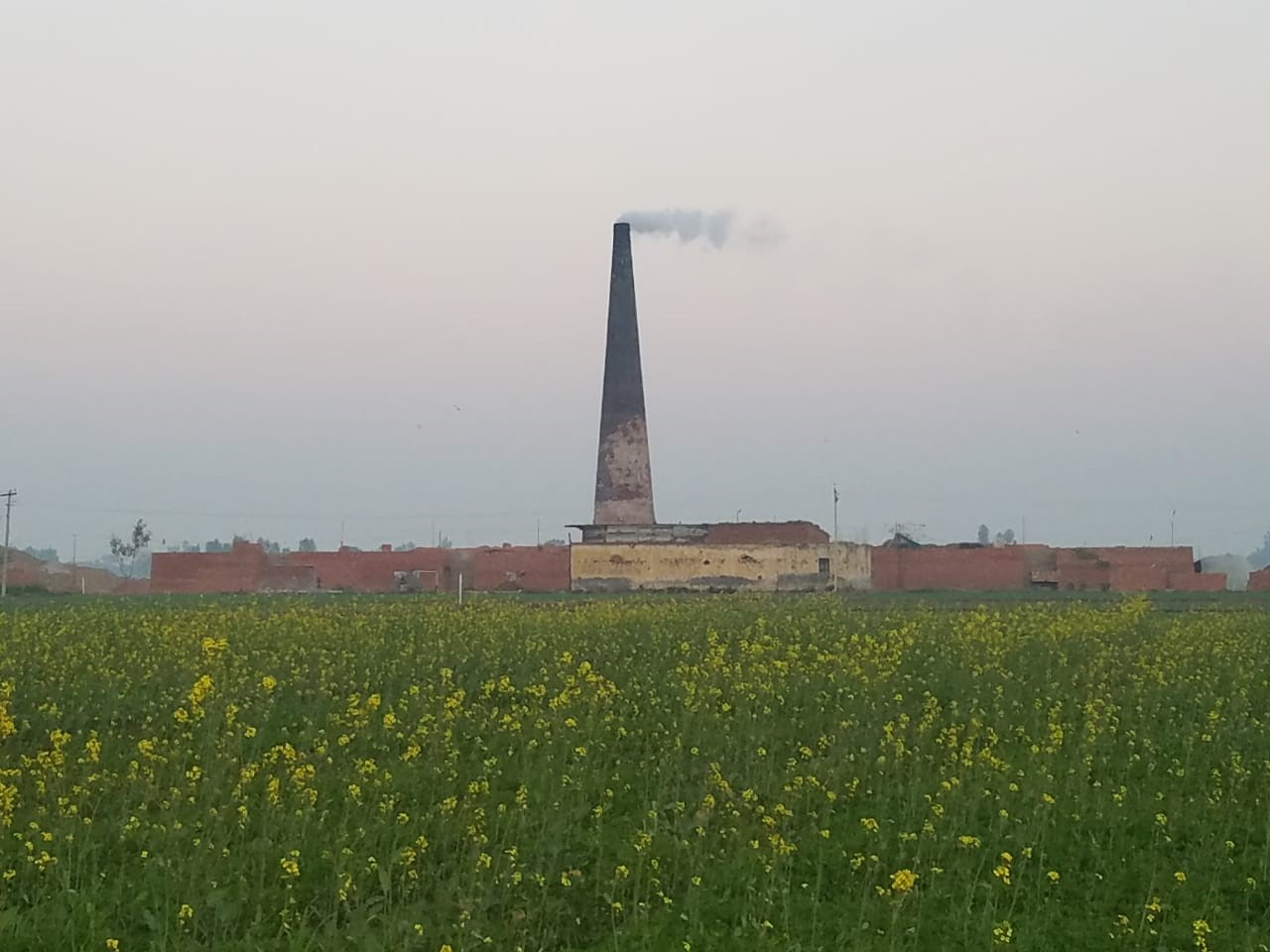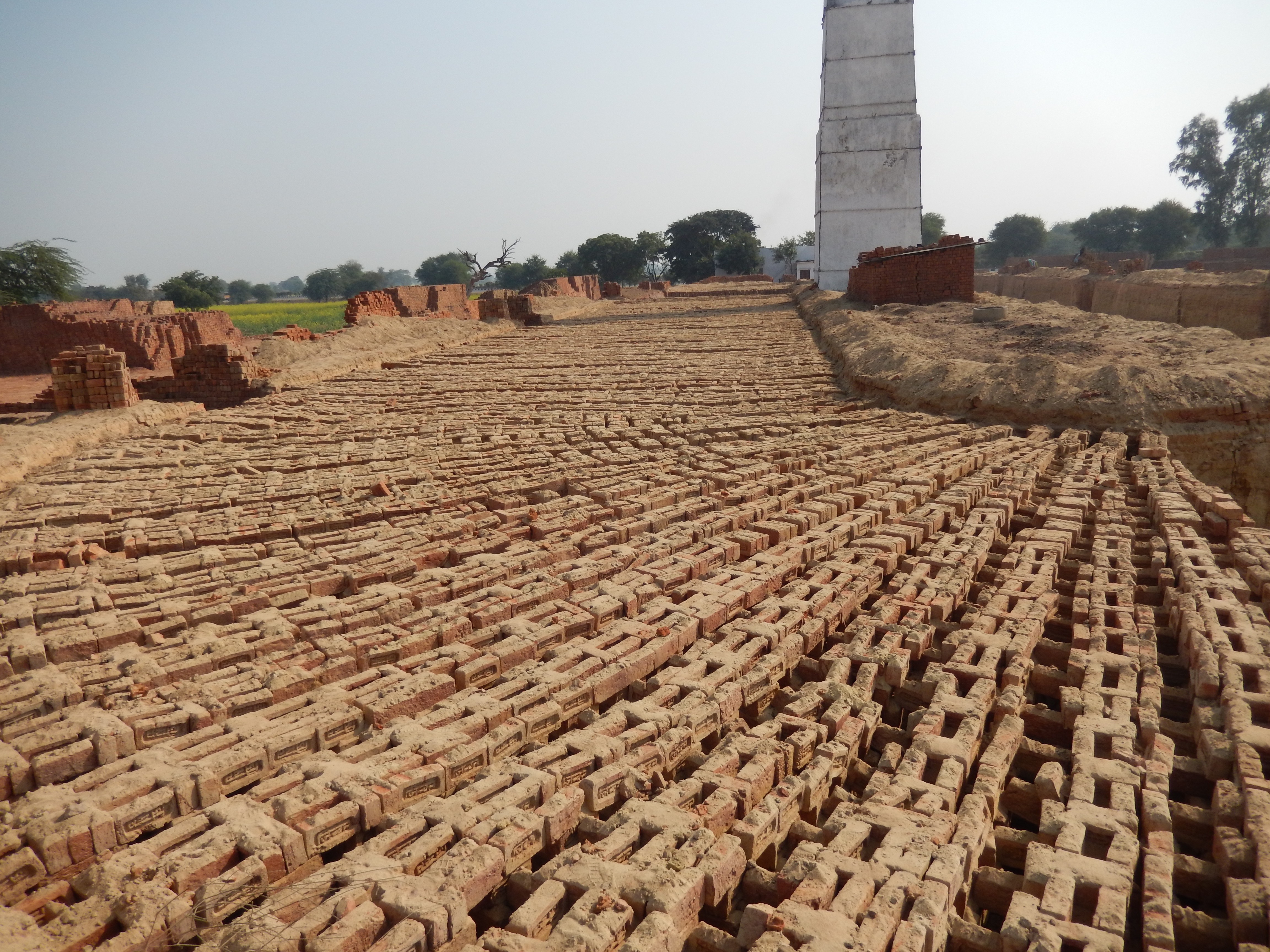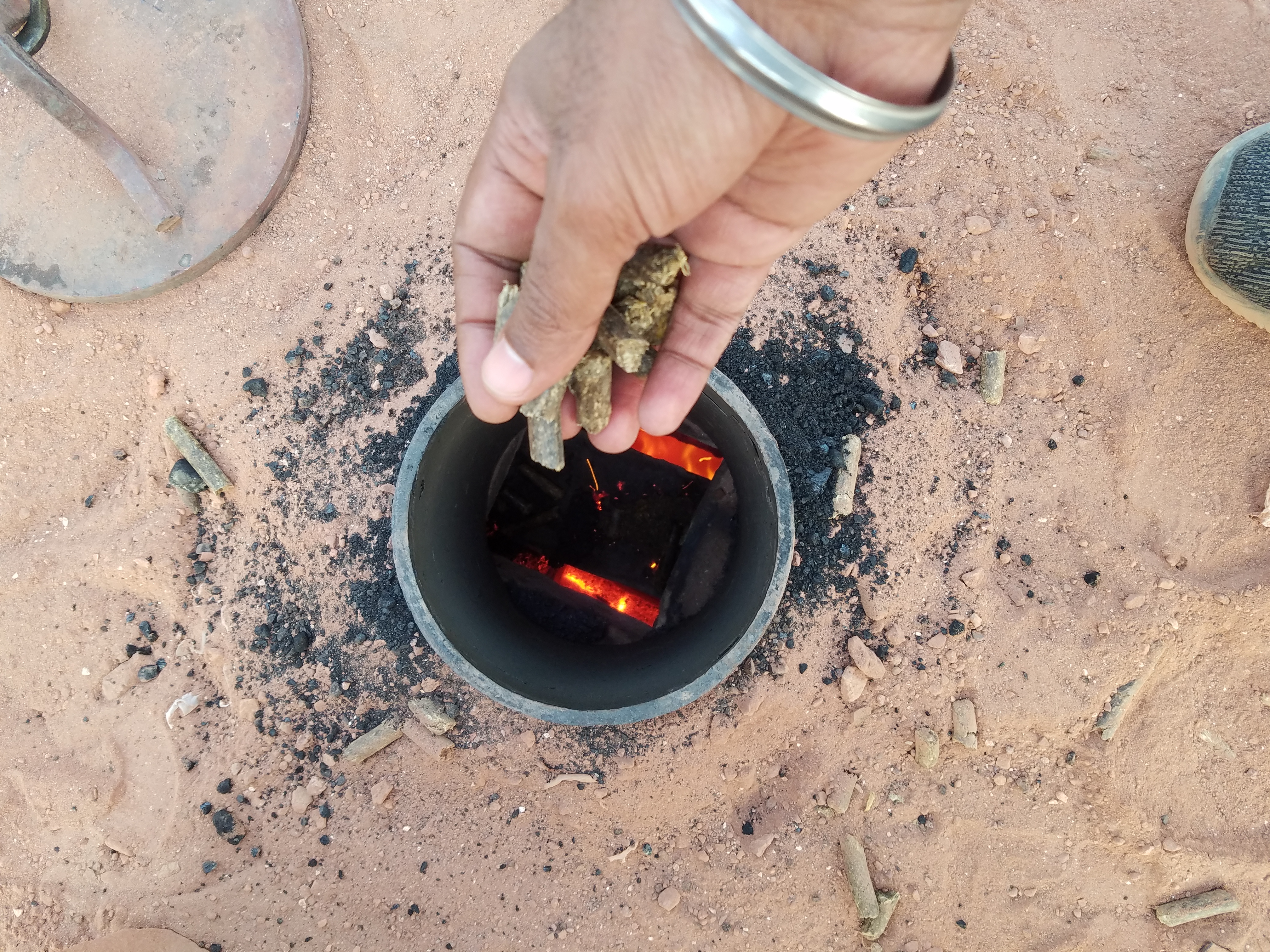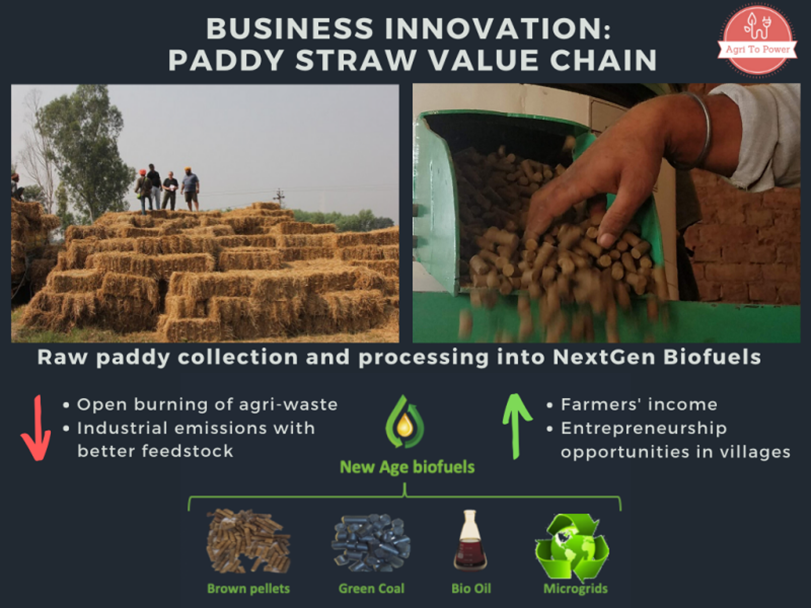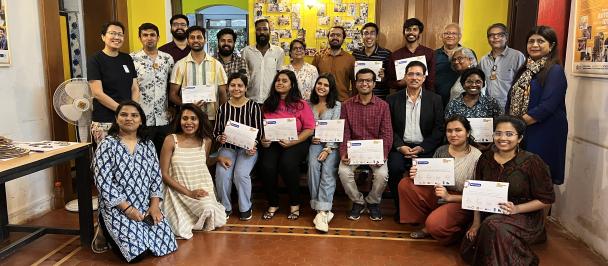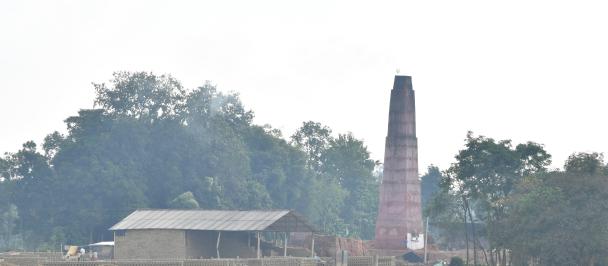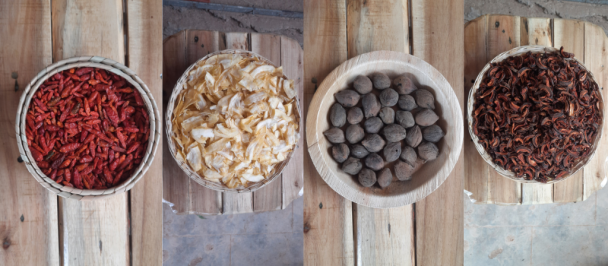By Swetha Kolluri, Rozita Singh, Dr. Krishnan S. Raghavan, and Sukhmeet Singh
Green technlogy to tackle air pollution and boost local economy
February 18, 2021
Converting paddy straw into biofuel has the dual advantage of reducing stubble burning and providing fuel to brick kilns
Every winter, a thick blanket of smog covers swathes of northern part of India. Cities and their people choke as air pollution rises to dangerous levels. Last year, the daily PM2.5 levels grew by as much as 11 times between the “cleanest” month of August and “dirtiest” November, according to a report by the Centre for Science and Environment.
This isn’t a one-off event. The hazardous pattern repeats every year when farmers burn crop stubble after the Kharif harvest to clear the fields for the next crop. This leads to a dangerous spike in air pollution that severely impacts the health of the people in the northern states. A study published in the Indian Paediatrics journal reported that children of Delhi NCR show slower growth of lungs than those in the United States, which would result in 10% smaller lungs when they become adults. The consequences are dire not only for the health of people but also for the health of the Indian economy. A report released by The Energy and Resources Institute last year estimates that air pollution causes a staggering $30 billion annual loss to the country.
Searching for solutions
When we spoke to farmers in Punjab, we found that burning crop residue is not their first choice, but they opt for it as it’s the most economical one. Several initiatives to process farm wastes have failed in the past due to the need of massive capital investments, high operational costs involved in transporting agricultural waste, and lack of concrete economic incentives to farmers.
Stubble burning. Photo: Pexels
To tackle this problem, UNDP has been scouting for solutions through various modes including the national innovation challenge ‘Solution for Air Pollution’. One potential innovator that emerged from the contest was A2P Energy, a company that converts paddy straw into biofuel products. In an inventive move, both UNDP and A2P Energy conducted a joint experiment to test paddy straw-based biofuels as fuel for local industries like brick kilns.
This experiment is an important piece in the larger context of both sustainable crop residue management as well as coal consumption, both of which have serious repercussions on the environment. India produces 550 million tonnes of crop residue in a year, of which Haryana and Punjab produce around 35 million tonnes. On the other hand, the brick kiln industry with over 140,000 manufacturing units across the country, is the second largest consumer of coal after thermal plants, and a significant source of air pollution.
Brick manufacturing unit. Photo: A2P Energy
Converting paddy straw into fuel
The experiment traversed broadly through six stages, from collection, technological innovation, conversion, outreach, testing, to mapping outcomes. As farmers tend to burn straw within three weeks of harvest, a supply chain was implemented to transport 15,000 kg of straw to the nearby A2P Energy plant.
The company, which conventionally produces biofuel for industrial boilers, innovated the production process to create a special fuel mix that included paddy straw in chopped form, press mud, and saw dust. The raw materials were combined in three different configurations to produce three varieties of biofuel pellets of calorific value 3,350, 3,650, and 3,500 kcal/kg.
Biofuel pellets made from paddy straw. Photo: A2P Energy
But a major challenge was to convince the brick kiln owners and Mistris (supervisors) to initiate a fuel switch and be part of an administration-monitored project. After much resistance, owners of three kilns located within a 20-km radius of the processing facility agreed.
The brick kilns were fired with the biofuels replacing coal in different configurations. After testing we found that as coal is of higher calorific value, it produces 10% lesser ash than biofuel, and can be used in grinded form. So, the paddy straw pellet could not be a 100% alternative to coal. However, the use of paddy pellets in a 20-to-80% ratio with coal emerged as a promising fuel mixture as it gave satisfying results in terms of calorific value and pace of burning. While emissions could not be tested from the point of discharge due to the length of the chimneys, controlled lab tests found that substituting coal with this biofuel has significant impact on reducing the quality of emissions.
Dual benefit
This successful pilot project means that India now has a tested technological solution ready for adoption with several benefits. First, it has the potential to absorb vast volumes of paddy straw and convert them into greener and cleaner biofuels. Second, these can be used in several coal-dependent industries.
Business innovation. Infographic: A2P Energy
Even if there’s a 20% replacement rate, it will bring down the country’s coal dependency and cost of coal imports tremendously. With the biofuel priced at Rs 5,500 per kg, it’s expected to be more cost-effective given that coal is subsidised. To push for a successful shift, the cost of biofuel needs to be subsidized too. More importantly, it will fetch farmers an additional income of around Rs 1,500 per tonne of paddy straw, thus incentivizing farmers to monetize crop waste instead of burning it!
The writers are:
Swetha Kolluri, Head of Experimentation, Accelerator Lab UNDP India
Rozita Singh, Head of Solutions Mapping, Accelerator Lab UNDP India
Dr. Krishnan S Raghavan, Head of Exploration, Accelerator Lab UNDP India
Sukhmeet Singh, Founder, A2P Energy

 Locations
Locations